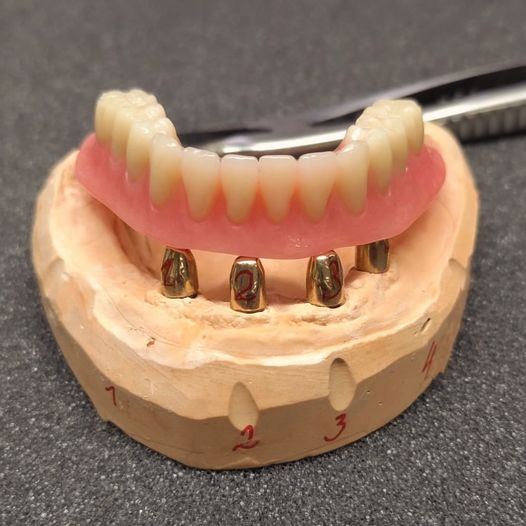
Introduction
Zirconia crowns are a popular choice in modern dentistry due to their durability, biocompatibility, and aesthetic appeal. However, there are two main types: layered zirconia (multilayered for enhanced aesthetics) and solid zirconia (monolithic for maximum strength). This guide compares their differences, advantages, disadvantages, and ideal applications to help dentists, lab technicians, and patients make informed decisions
1. What is Layered Zirconia?
Layered zirconia consists of a high-strength zirconia core with porcelain or ceramic layers added for a more natural, tooth-like appearance.
✔️ Superior aesthetics (mimics natural tooth translucency)
✔️ Better shade matching for anterior (front) teeth
✔️ Smooth surface texture for comfortable bite
✖️ Slightly less durable than solid zirconia (risk of chipping)
✖️ Requires more skillful lab work
✖️ Higher cost due to additional materials and labor
Best Applications:
Step-by-Step Process for 3D Printing Dentures
*Molar crowns & bridges (high-stress areas)
*Patients with bruxism (teeth grinding)
*Full-arch implant restorations

| Feature | Layered Zirconia | Solid Zirconia |
|---|---|---|
| Aesthetics | High (natural look) | Moderate (opaque) |
| Strength | Good (but can chip) | Excellent |
| Cost | Higher | Lower |
| Best For | Anterior teeth | Posterior teeth |

4. Which One Should You Choose?
>>For front teeth? → Layered zirconia (better aesthetics)
>>For back teeth? → Solid zirconia (better durability)
>>For budget-friendly options? → Solid zirconia
>>For patients with grinding habits? → Solid zirconia
Conclusion
Both layered and solid zirconia have unique benefits. The best choice depends on tooth location, patient needs, and budget. Dental labs and dentists should consider these factors when recommending zirconia restorations.


